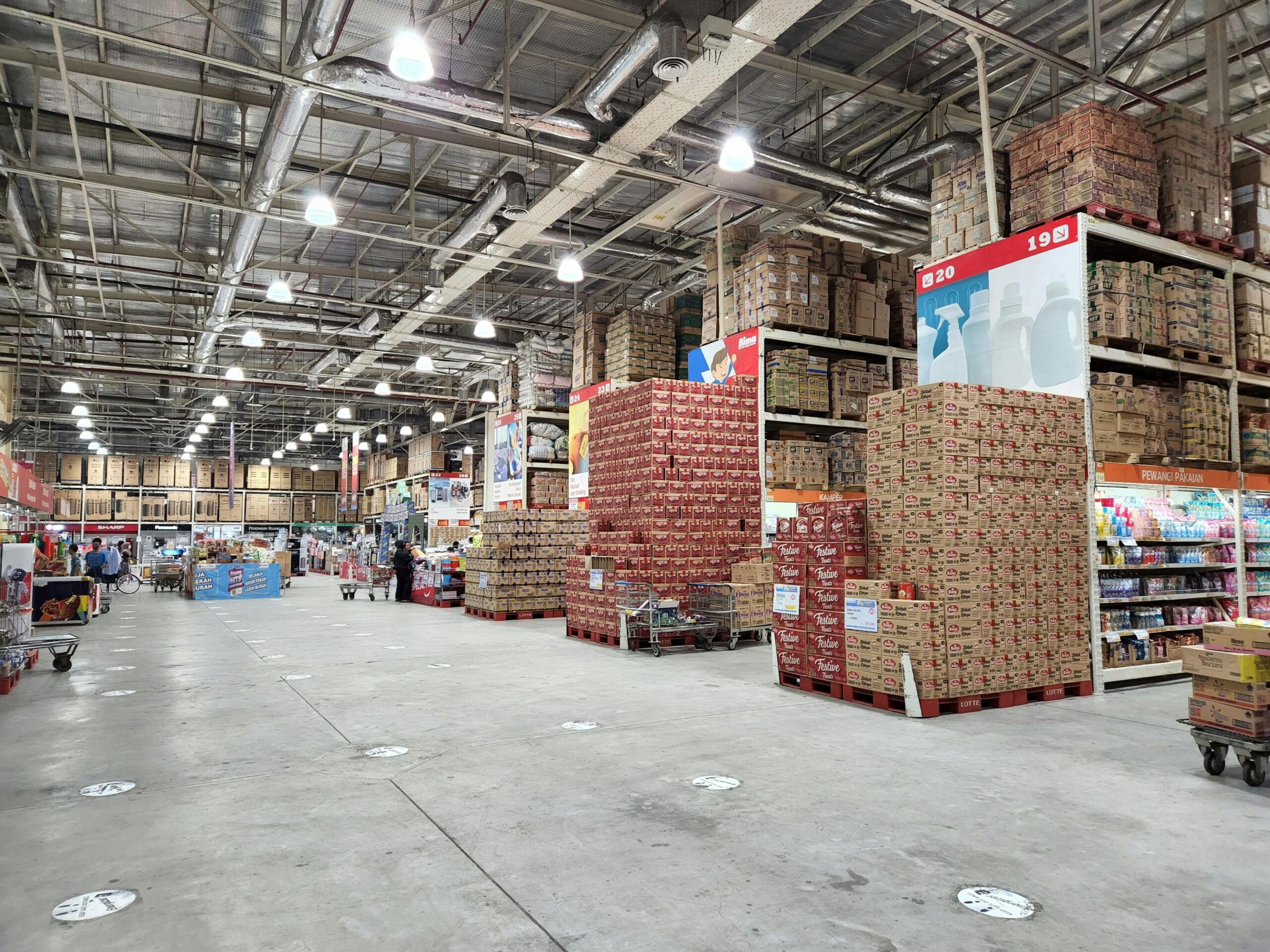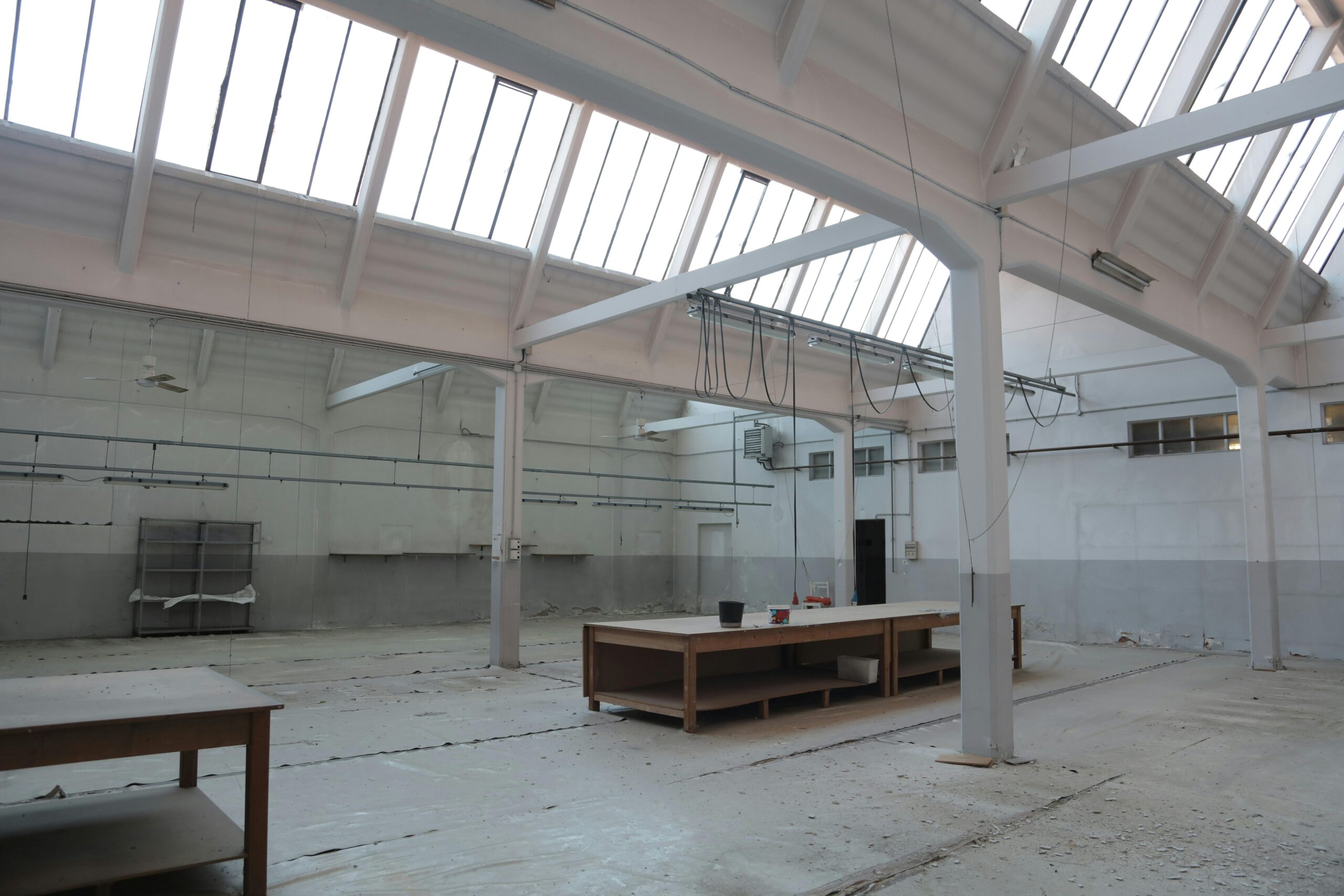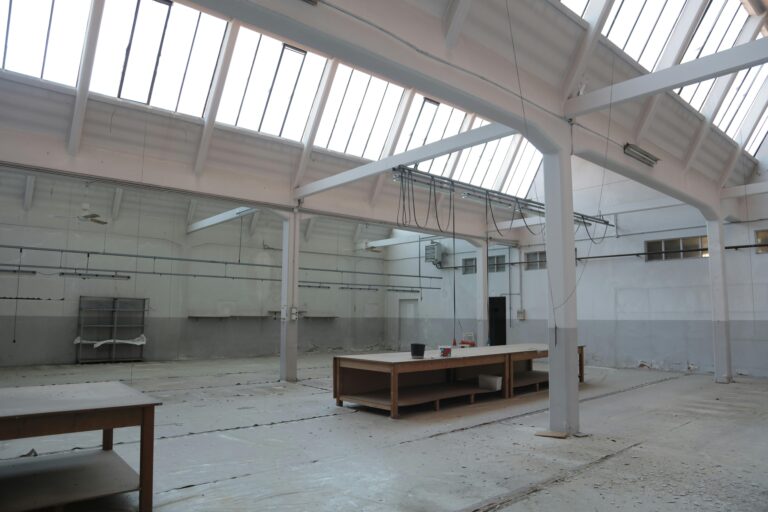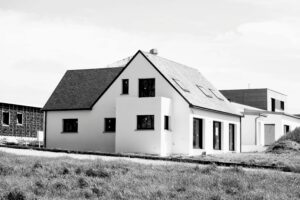
In recent years, a fascinating trend has emerged in the real estate market: the repurposing of big-box stores into community housing. These once-thriving retail spaces, often abandoned due to the rise of e-commerce and changing shopping habits, are finding a second life as vibrant residential hubs. This creative approach to real estate development is reshaping communities and providing opportunities for both first-time homebuyers and seasoned investors in the United States.
The Decline of Big-Box Stores
The rise and fall of big-box stores is a well-documented story. Retail giants like Sears, Kmart, and Toys “R” Us dominated the American landscape for decades, offering everything from clothing to electronics under one roof. However, the e-commerce boom, led by companies like Amazon, coupled with changing consumer preferences, dealt a major blow to these retail behemoths. By the 2010s, many big-box stores were closing their doors, leaving behind sprawling, vacant properties across the country.
These vacant stores posed significant challenges for communities. They often became eyesores, contributing to urban blight and declining property values in surrounding neighborhoods. However, savvy developers and city planners began to see potential in these massive spaces. Instead of letting them sit unused, they started exploring how these properties could be repurposed to meet growing housing demands.
Why Big-Box Stores Are Ideal for Housing Conversions
Big-box stores offer unique advantages for housing conversions, making them an attractive option for real estate developers:
Ample Space
Big-box stores are often enormous, with tens of thousands of square feet of open floor space. This provides developers with a blank canvas to create a variety of housing types, from affordable apartments to luxury condominiums.
Strategic Locations
Most big-box stores were built in prime locations with easy access to transportation, shopping centers, and schools. These amenities make them highly desirable for residential developments.
Zoning Flexibility
As municipalities grapple with housing shortages, many are willing to rezone commercial properties for residential use. This flexibility has opened the door for creative housing solutions.
Sustainability
Repurposing existing structures is often more environmentally friendly than building new developments from scratch. By recycling these spaces, developers can reduce construction waste and lower their environmental impact.
Success Stories in Big-Box Housing Transformations
Several successful projects have already demonstrated the potential of turning big-box stores into housing.
The Wal-Mart-Turned-Senior Housing in Texas
In McAllen, Texas, a former Walmart was transformed into a 124-unit senior housing complex. This development provides affordable housing for older adults while incorporating community spaces like gardens and lounges. The project revitalized the surrounding area, attracting new businesses and boosting local property values.
Affordable Housing in Denver, Colorado
In Denver, a former Kmart store was repurposed into affordable housing units. The project included mixed-use elements, such as retail shops and public parks, creating a vibrant community for residents.
Mixed-Use Development in Los Angeles
Los Angeles, with its ever-growing demand for housing, has seen several big-box stores repurposed into mixed-use developments. These projects often combine residential units with retail and office spaces, creating self-contained communities that reduce the need for long commutes.
Benefits for First-Time Homebuyers
For first-time homebuyers, repurposed big-box stores present unique opportunities:
Affordable Options
Many of these developments focus on affordability, providing entry-level housing options in otherwise expensive markets.
Community Living
Repurposed big-box stores often include communal amenities like shared gardens, coworking spaces, and recreational areas. This fosters a sense of community, which can be particularly appealing to younger buyers.
Prime Locations
As mentioned earlier, big-box stores are typically located in convenient areas, close to schools, shopping, and public transit—factors that are crucial for first-time homebuyers.
Opportunities for Long-Time Investors
For seasoned investors, these projects offer significant potential:
High ROI Potential
Converting a big-box store into housing can yield high returns, particularly in areas with housing shortages. Investors can benefit from both rental income and property appreciation.
Diverse Investment Opportunities
These developments often include a mix of housing types, from affordable units to high-end condos, allowing investors to diversify their portfolios.
Revitalizing Communities
Investing in these projects contributes to the revitalization of neighborhoods, which can lead to long-term gains as the area becomes more desirable.
Challenges and Considerations
While the concept is promising, repurposing big-box stores for housing is not without challenges:
Zoning and Permits
Navigating the zoning and permitting process can be complex and time-consuming. Developers must work closely with local governments to ensure compliance.
Cost of Conversion
While reusing existing structures can save money, the cost of retrofitting a big-box store for residential use can still be significant. Developers must address issues like insulation, plumbing, and natural lighting to make the space livable.
Community Pushback
Not all communities embrace these projects. Concerns about increased traffic, overcrowding, and changes to the neighborhood’s character can lead to opposition. Developers must engage with residents to address these concerns and build support.
How Developers Are Addressing Challenges
Developers are finding innovative ways to overcome these hurdles:
Collaborating with Local Governments
By working closely with city planners, developers can streamline the zoning process and secure necessary permits.
Incorporating Mixed-Use Elements
Adding retail, office, or community spaces to the development can make the project more appealing to residents and local governments.
Sustainable Design
Incorporating sustainable features like solar panels, green roofs, and energy-efficient appliances can help developers reduce costs and appeal to environmentally conscious buyers.
The Role of Public-Private Partnerships
Public-private partnerships (PPPs) are playing a crucial role in the success of these projects. Municipalities provide incentives like tax breaks or grants to encourage developers to take on these challenging conversions. In return, developers agree to include affordable housing units or community amenities in their projects.
The Future of Big-Box Store Conversions
As housing demand continues to rise, the trend of repurposing big-box stores is expected to grow. According to a report by the Urban Land Institute, adaptive reuse projects like these are becoming increasingly popular among developers and investors.
For first-time homebuyers, this trend means more affordable and convenient housing options. For long-time investors, it represents a unique opportunity to be part of a transformative movement in real estate.
Key Takeaways for Buyers and Investors
Do Your Research
Whether you’re a first-time buyer or a seasoned investor, it’s essential to research the market and the specific project before committing.
Consider the Long-Term Potential
Repurposed big-box stores are often located in areas poised for growth. Look for projects with strong long-term potential.

Work with Experts
Navigating the complexities of these developments can be challenging. Partnering with experienced real estate agents, developers, or investment advisors can help you make informed decisions.
The repurposing of big-box stores into community housing is a creative and sustainable solution to America’s housing challenges. These projects breathe new life into abandoned spaces, provide much-needed housing, and offer exciting opportunities for both first-time homebuyers and seasoned investors. As this trend continues to grow, it has the potential to reshape communities and redefine how we think about real estate development.
For those willing to embrace this innovative approach, the future of housing—and investing—looks brighter than ever.





